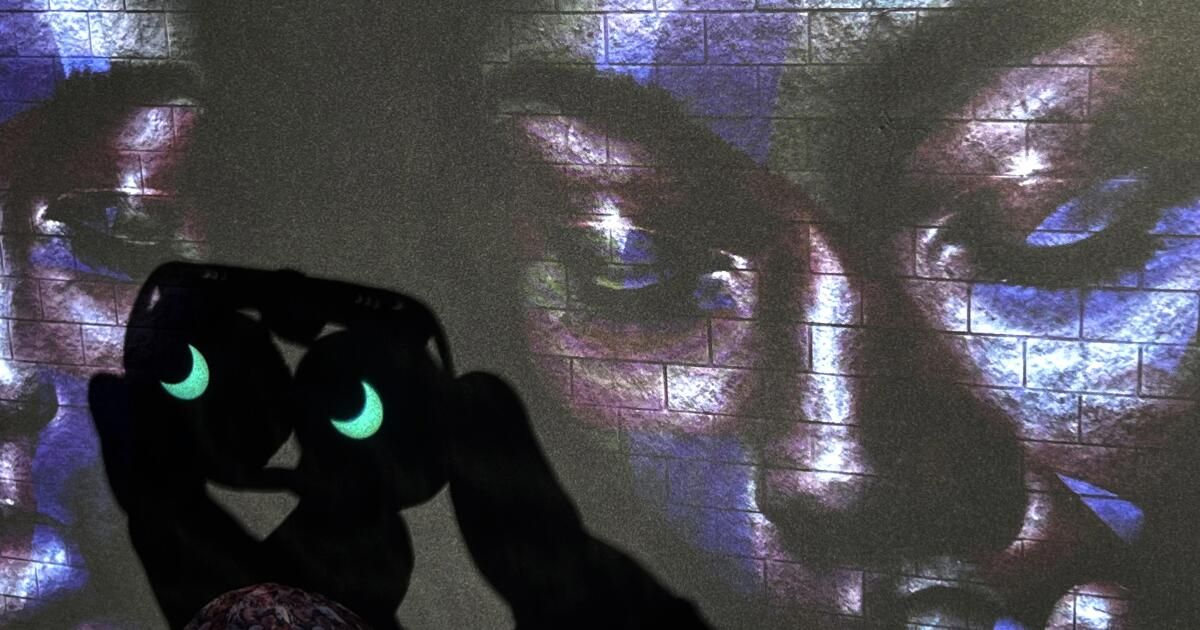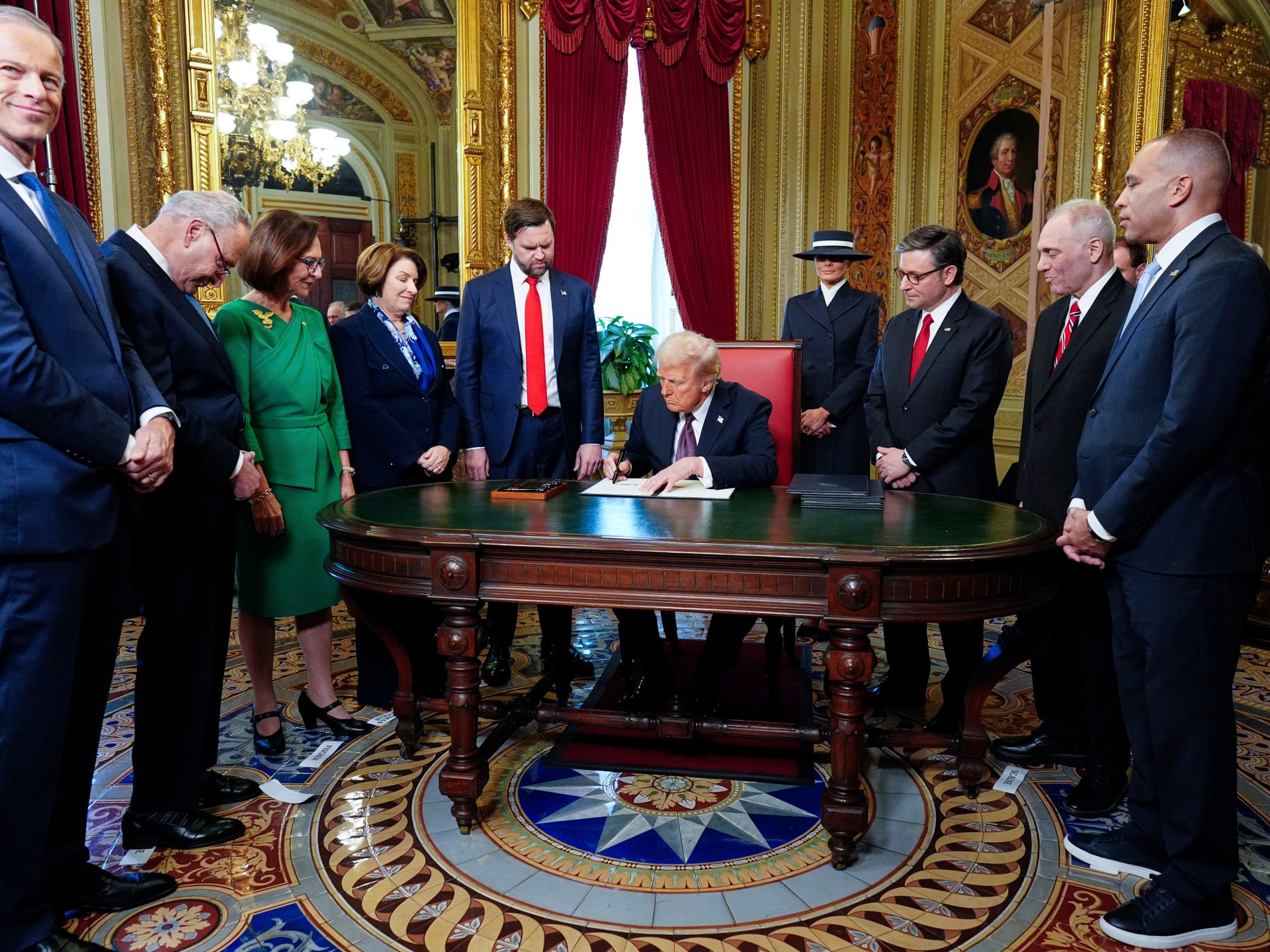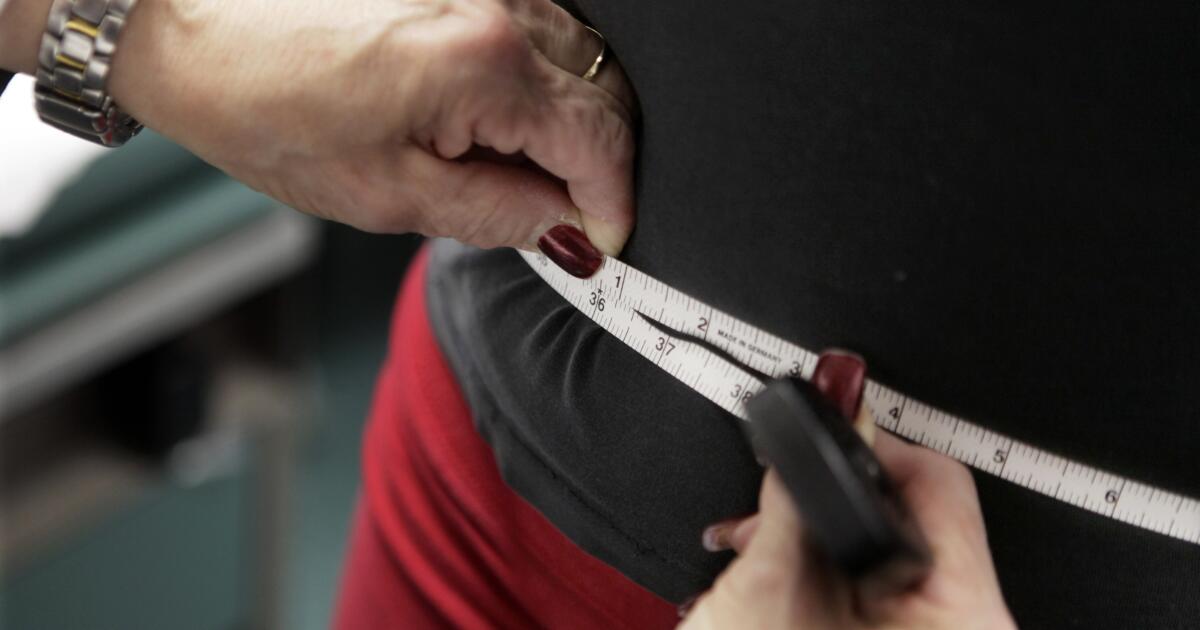Paul Maley has spent much of his life chasing solar eclipses.
He has witnessed 83 solar eclipses from 1960 to 2023. On April 8, he plans to see the 84th aboard a cruise ship in Mexico, located right in the path of totality, the strip where the moon completely blocks the sun.
“That's more eclipses than any person living or dead,” he said proudly.
But millions of Americans will also have the opportunity to see the next eclipse. The celestial spectacle will be visible, weather permitting, in North America to approximately 31.5 million people living in the path of totality, including a long stretch across the US and the rest of the United States. The continental United States, as well as parts of Alaska and Hawaii, will be visible (weather permitting) in North America. be able to see a partial solar eclipse.
Maley's search for the phenomenon has taken him around the world, from the frozen land of Antarctica to the Cocos Islands off the western coast of Australia. Some of the experiences have been disconcerting, such as a trip to Turkey in 1999 during a period of unrest when military police filled the streets, Maley said.
Others have been wonderfully simple. A trip to see a partial eclipse, which doesn't attract as much fanfare as a total eclipse (more on that later), in South Korea with his wife ended with a celebration for two at a Dunkin Donuts.
Maley, 76, says these trips are something of an obsession for him. But they also provide an escape and are an easy way to put one's place in the universe into perspective, he said.
“No matter how many things are screwed up in this world, whether political, military or economic, no one can change what happens in the sky when it comes to a solar eclipse,” he said. “It will happen. There is nothing you can do about it, so you better go there, enjoy it and free yourself from all the problems you are facing.”
What happens during a total solar eclipse?
A total solar eclipse occurs when the moon passes between the sun and Earth, completely blocking the view of the sun's face and casting a shadow on Earth. For people viewing the eclipse from places where the moon's shadow completely blocks the sun, known as the path of totality, the sky will darken.
Depending on weather and visibility, people along the path of totality will see the sun's corona, the outermost part of the sun's atmosphere, which is normally obscured by the sun's brightness. Just before totality, viewers can also detect flashes of light, known as Baily beads, along the moon's circumference.
During a total solar eclipse there is usually a rapid drop in temperature. At times, the birds are silent and the nocturnal animals wake up abruptly, confusing the brief phenomenon with dusk.
The phenomenon has also appeared (and has had various interpretations) in religious texts. Some indigenous people have traditions they observe, such as abstaining from food, during solar eclipses.
The last total solar eclipse to cross the United States was in August 2017. It was the first total solar eclipse visible in the contiguous United States in 38 years, according to NASA. The April eclipse will be the last to be visible in the lower 48 states until August 23, 2044.
When will this total eclipse occur and who will be able to see it?
The eclipse will begin over the South Pacific Ocean and move diagonally across Mexico, the United States and Canada. Mexico's Pacific coast will be the first place in continental North America to experience totality around 11:07 a.m. PDT. The eclipse will enter the United States through Texas and will pass through Oklahoma, Arkansas, Missouri, Illinois, Kentucky, Indiana, Ohio, Pennsylvania, New York, Vermont, New Hampshire and Maine. A map on NASA's website provides an approximate time when each location in the path of totality will see the eclipse.
While more than 30 million Americans will have the opportunity to experience a total solar eclipse, most will see only a partial eclipse, which occurs when the Moon passes between the Sun and Earth but the three bodies are not perfectly aligned, as they are. the case on both sides of the path of totality. Instead of being completely obscured, the sun will appear as a half-moon.
The maximum duration of totality along the eclipse path will be 4 minutes and 28 seconds, although it is likely to be shorter in most places.
Why does this happen and how often?
Solar eclipses occur because, while the Earth orbits the Sun, the Moon orbits the Earth. About every 28 days, when the Moon makes a complete trip around the Earth, it moves between the Sun and Earth, said Nick DiFrancesco, assistant professor of geology at the University at Buffalo.
But eclipses don't occur every 28 days.
“The three factors that influence whether an eclipse will occur or not are the alignment of the Earth, the Moon and the Sun, that inclination or inclination of the Moon's orbit around the Earth and the last thing, essentially, is what so close to Earth the moon is,” DiFrancesco said.
These factors have to be perfectly aligned to achieve a total solar eclipse.
How to get the best viewing experience
People frequently travel to the path of totality to experience the total solar eclipse with their own eyes. Eclipse chasers will tell you that's the only way to do it. There are even travel guides that plan entire vacations with the eclipse as the central focus.
This year, Maley has helped organize a cruise for about 200 people to view the eclipse in Mexico. She also helped organize a trip for eclipse chasers to an all-inclusive beachfront hotel in Mazatlán, Mexico, which will include discussions with experts in addition to viewing.
Even the popular travel website Expedia prepared eclipse vacation packages. The U.S. National Park Service has released tips on which parks are best situated to view the eclipse.
However you choose to view it, experts say, you should plan ahead. Cities in the path of totality expect an influx of visitors and major traffic jams as people flock to those communities to glimpse the scientific wonder.
Weather can also affect visibility. Experts suggest monitoring the forecast and being flexible enough to move from your initial location to one with less cloud cover, if necessary.
And while you're unlikely to need much equipment to view the eclipse, there is one thing you should have: proper eye protection. Solar viewing glasses, also known as eclipse glasses, can be purchased online. Experts recommend making sure your glasses meet the ISO 12312-2 standard for solar viewers and inspecting them for damage before viewing the eclipse.
NASA experts say a quick way to do this is to take out your phone's flashlight and shine it on the glass lens. If they offer enough protection, you will only be able to see a point of light.
Maley may be biased, but he says there's no substitute for seeing an eclipse in person.
“It's something you have to see. The photographs that people have taken, including me, never do it justice, and even the videos are all two-dimensional,” she said. “It's just something that can't be accurately conveyed to people unless they are there, in the same place, experiencing it with you.”












